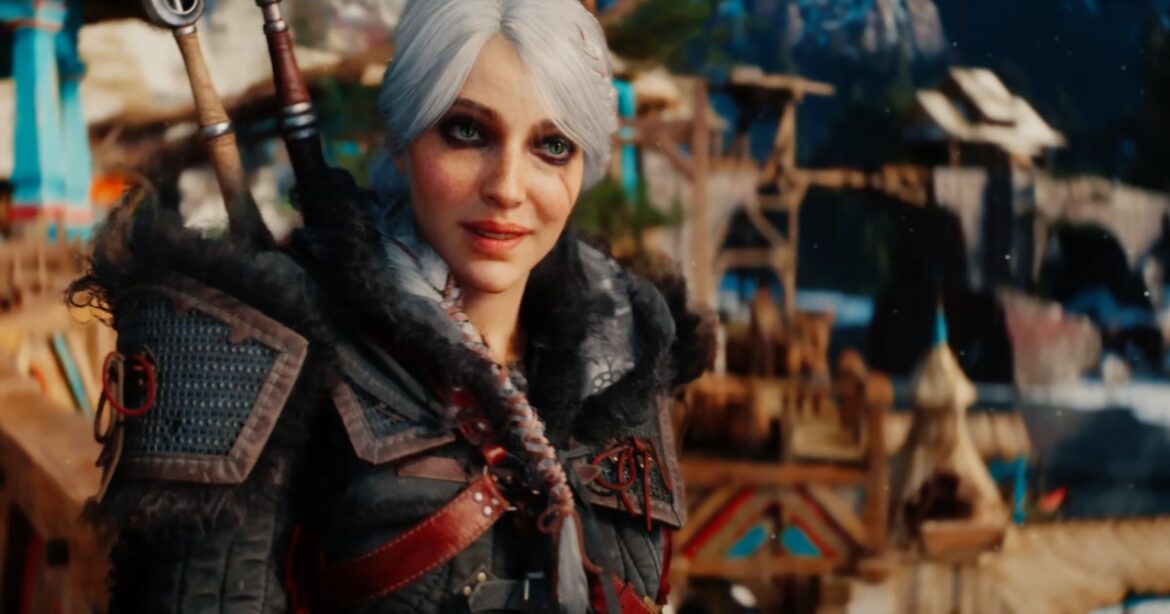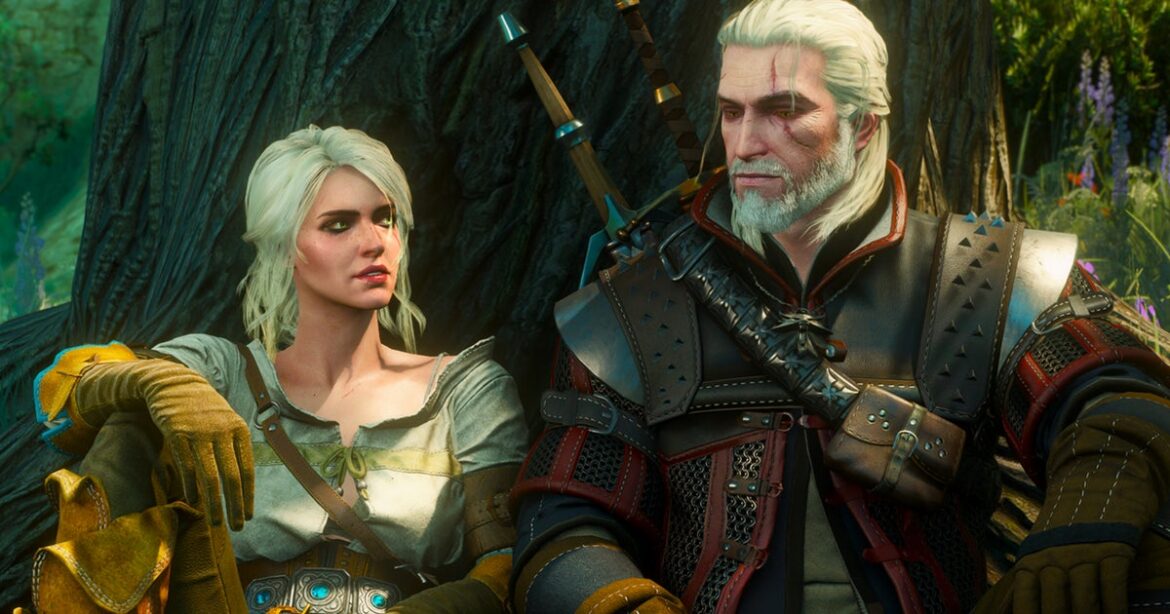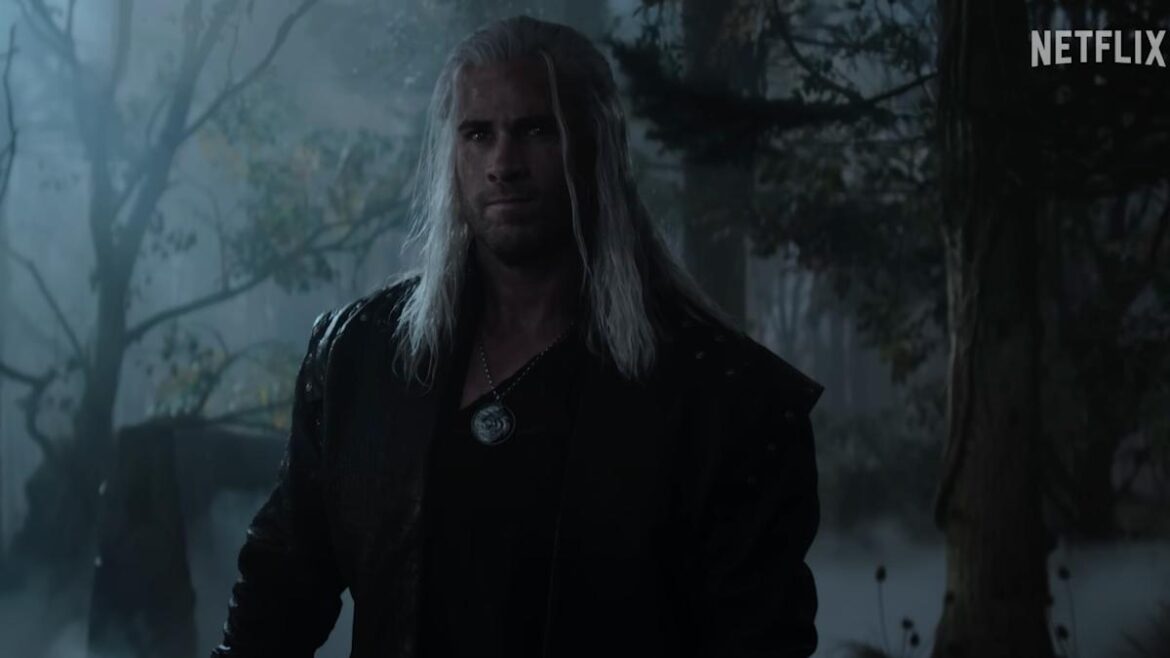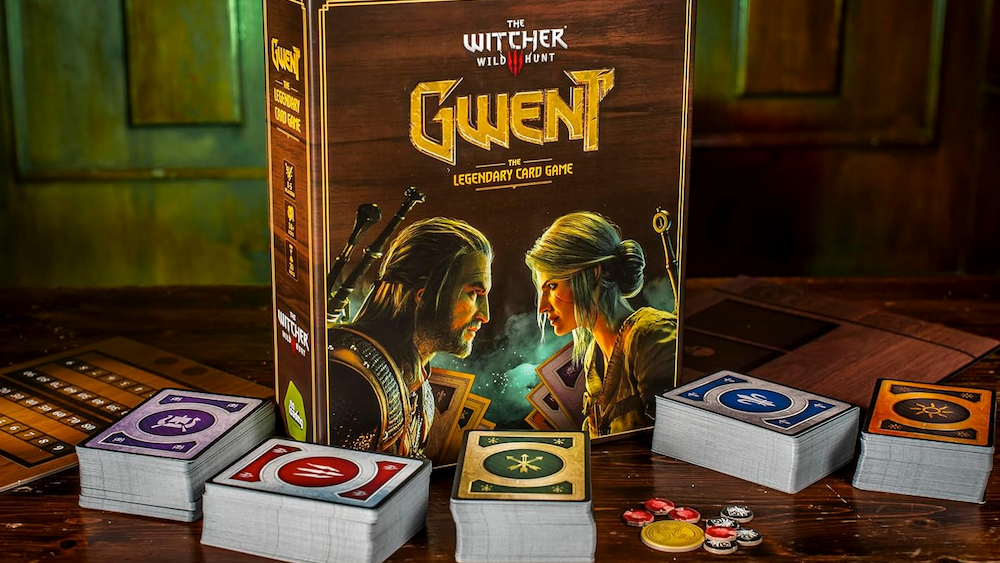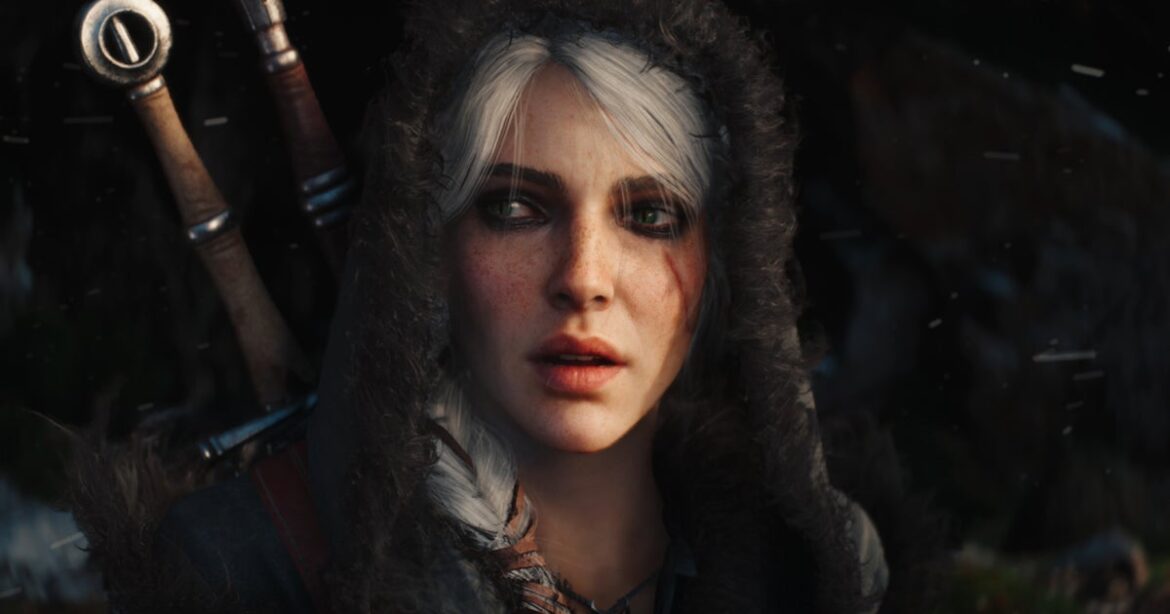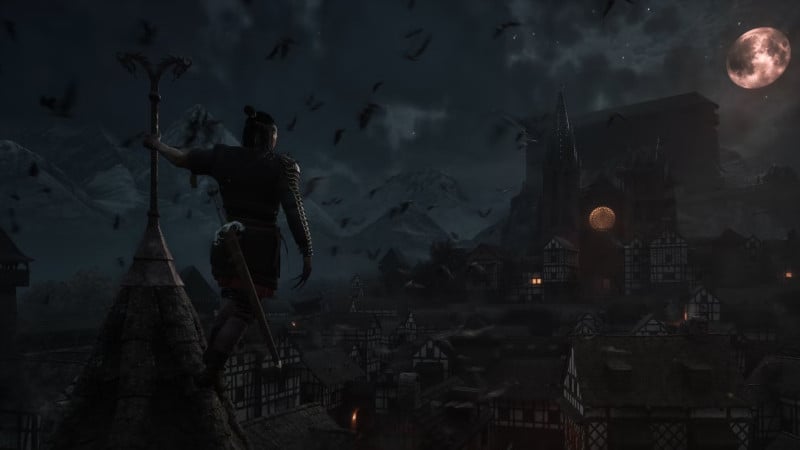The thing about an adaptation, is that sometimes you’ve got to twist things slightly to better do what you want to do. Whether that’s the right choice or not depends on how militant you are about the concept of faithfulness. When it comes to The Witcher series, however, I expect most people won’t care, except for the author of the original books Andrzej Sapkowski himself. His personal gripe? The very existence of different witcher schools.
In The Witcher games, there’s various Witcher schools that crop up here and there, with Geralt of Rivia coming from the School of the Wolf. Except according to a recent AMA with Sapkowski on Reddit (thanks, PC Gamer), the whole idea of schools was completely blown out of proportion. “The issue of ‘witcher schools’ requires – I apologise – a longer explanation,” Sapkowski wrote. “A single sentence about some ‘school of the Wolf’ mysteriously made its way into The Last Wish. I later deemed it unworthy of development and narratively incorrect, even detrimental to the plot.”
For some context, The Last Wish is the first book he wrote in the series. The author goes on to explain that he didn’t include any references to any other schools in any of his other books from that point on. “However, that one sentence was enough. Adaptors, particularly video game people, have clung to the idea with remarkable tenacity and have wonderfully multiplied these ‘witcher schools.’ Completely unnecessary.”
Sapkowski also noted how he’s not sure how he wants to go about dispelling this idea of schools, suggesting removing any mention of them in future editions of The Last Wish, or even just outright expanding and clarifying the idea in future books. “Perhaps I’ll shed some light on the issue of Witcher medallions, their significance, and their connection to specific individuals? There are many possibilities, and the sky is the limit.”
I have to admit, this does tickle me quite a bit. I’m not a mega Witcher fan, I enjoyed the third one enough, but the schools did feel important enough to be relatively memorable. And they’re just not really a thing apparently!
Ultimately Sapkowski’s comments don’t really matter as the games have obviously taken on a very large life of their own. I doubt there’ll be anyone at CD Projekt Red who’s going to lose any sleep over this either.
In any case, there was meant to be one last Witcher 3 patch this year, but that recently got the boot to 2026. I’m sure you can wait a while longer for your cross-platform mod support.

